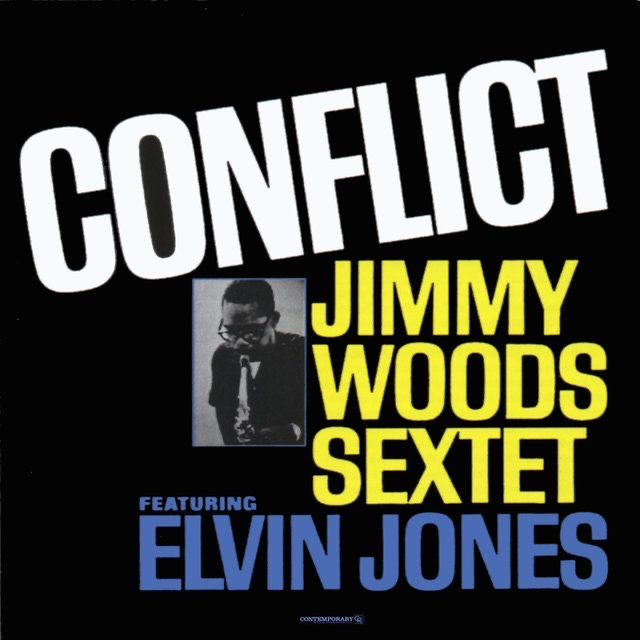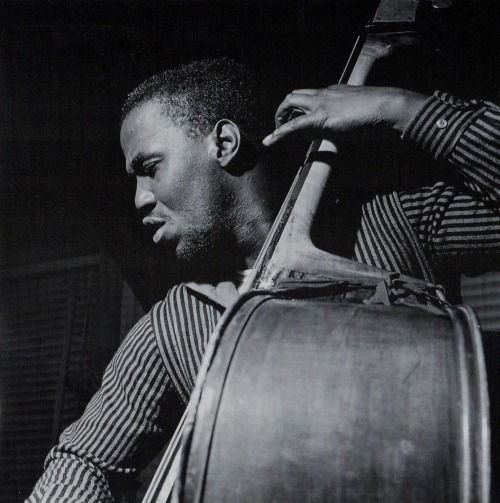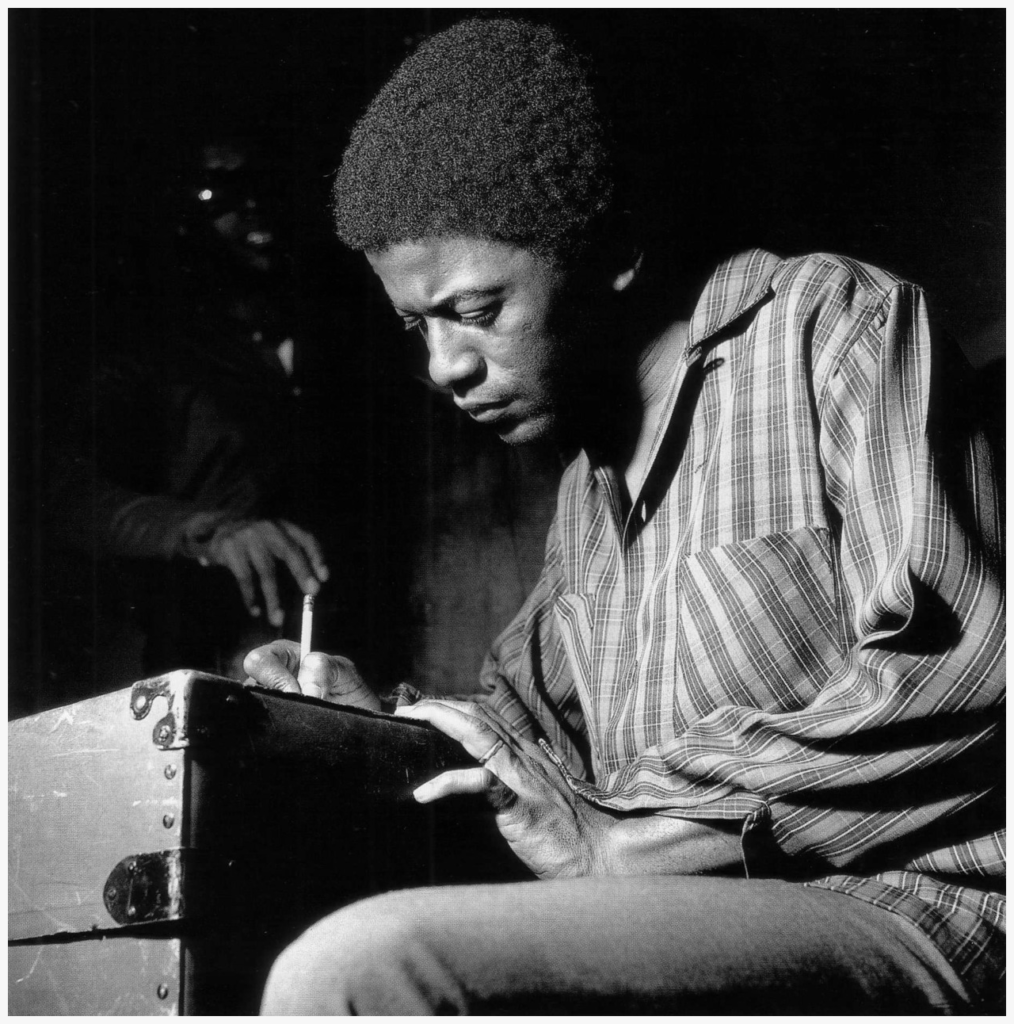Dive into the Power & Passion of ‘Tenor Madness
In the vast panorama of jazz, Sonny Rollins’ “Tenor…
At the intersection of emotions and struggle, The Jimmy Woods Sextet’s “Conflict” album emerges as a true gem in the jazz annals. This album, a masterful exploration of human emotions, transcends the traditional boundaries of jazz and leaves an indelible impression on its listeners.

Recorded in Los Angeles on March 25 and 26, 1963, under the Contemporary label, “Conflict” captured the essence of a tumultuous time in American history. With the Civil Rights Movement in full swing, the album’s political undertones were hard to ignore. This backdrop sets the stage for the brilliance of the musicians involved in the project.

Jimmy Woods, the visionary behind this ambitious endeavor, was a talented musician whose career was unfortunately short-lived. Prior to “Conflict,” Woods had already made a name for himself with his first album, “Awakening!!” His ability to navigate the complexities of advanced hard bop originals solidified his place among the jazz greats of the time.
Carmell Jones, a trumpet virtuoso, had already made a mark in the jazz scene with his collaborations with notable musicians like Bud Shank and Gerald Wilson. His work with Horace Silver’s band further cemented his reputation as a sought-after musician. Before participating in the recording of “Conflict,” Jones was working on his own albums, the most famous of which was “The Remarkable Carmell Jones.”

Harold Land, the seasoned tenor saxophonist, had an illustrious career prior to joining the Jimmy Woods Sextet. Land had worked with the legendary Clifford Brown and Max Roach quintet, as well as releasing several acclaimed albums as a bandleader. Andrew Hill, the innovative pianist, was relatively new to the scene, but his contributions to the album were nothing short of remarkable. The rhythm section, consisting of George Tucker on bass and the incomparable Elvin Jones on drums, provided a strong foundation for the other musicians to soar.
The album’s opening track, “Conflict,” sets the tone for the rest of the record with its powerful and intense energy. The musicians navigate the complex harmonies and intricate rhythms with finesse, showcasing their collective prowess. Jones’ trumpet solo is a particular standout, offering a compelling display of his virtuosity.

“Coming Home” brings a sense of resolution to the listener, with its bluesy melody and soulful solos by Land and Woods. In “Aim,” the slow blues in triple meter is a departure from the norm, featuring advanced chord progressions that allow the musicians to stretch their improvisational muscles.

My personal favorite track on the album, “Apart Together,” exemplifies the concept of conflict with its restless chord progressions and a challenging head. The interplay between the three horns is nothing short of breathtaking, with each musician contributing their unique voice to the collective sound.
“Conflict” showcases an advanced hard bop style, with elements of blues and modal jazz woven throughout. The music is emotionally charged, reflecting the inner turmoil and tensions experienced by Woods and his fellow musicians. The album explores themes of struggle, resolution, and the search for self, mirroring the experiences of those living through the Civil Rights Movement.
Upon its release, “Conflict” was met with critical acclaim, particularly for Woods’ innovative compositions and the musicians’ outstanding performances. The album stood out in a time when jazz was beginning to explore new directions, paving the way for future generations of musicians to push the boundaries of the genre.
Today, the album is viewed as a seminal work in jazz history. Its significance lies not only in its musical excellence but also in the way it captured the essence of a time of change and struggle. The musicians’ ability to channel their emotions into a powerful, cohesive musical statement ensures that “Conflict” remains a relevant and important part of the jazz canon.
As we reflect on the album’s continued significance, it’s essential to recognize the impact that the Civil Rights Movement had on the music and the musicians involved. The sense of urgency and the raw emotional power present in the compositions serve as a reminder of the importance of standing up against injustice and using one’s voice to effect change.
In conclusion, The Jimmy Woods Sextet’s “Conflict” album is a testament to the power of music as a vehicle for emotional expression and social commentary. With its innovative compositions, masterful performances, and poignant themes, “Conflict” remains an essential listen for anyone seeking to understand the impact of the Civil Rights Movement on the jazz landscape. This album is a shining example of the beauty and depth that can be achieved when musicians come together to create a work of art that transcends time and speaks to the human experience.
As the listener, one cannot help but be swept away by the sheer force and emotional intensity of this album. From the first notes of “Conflict” to the closing chords of “Pazmuerte,” the music speaks to our hearts and minds, urging us to confront our own inner struggles and the conflicts that surround us in the world. The Jimmy Woods Sextet’s “Conflict” is more than just a jazz album; it is a testament to the enduring power of music to heal, inspire, and unite.